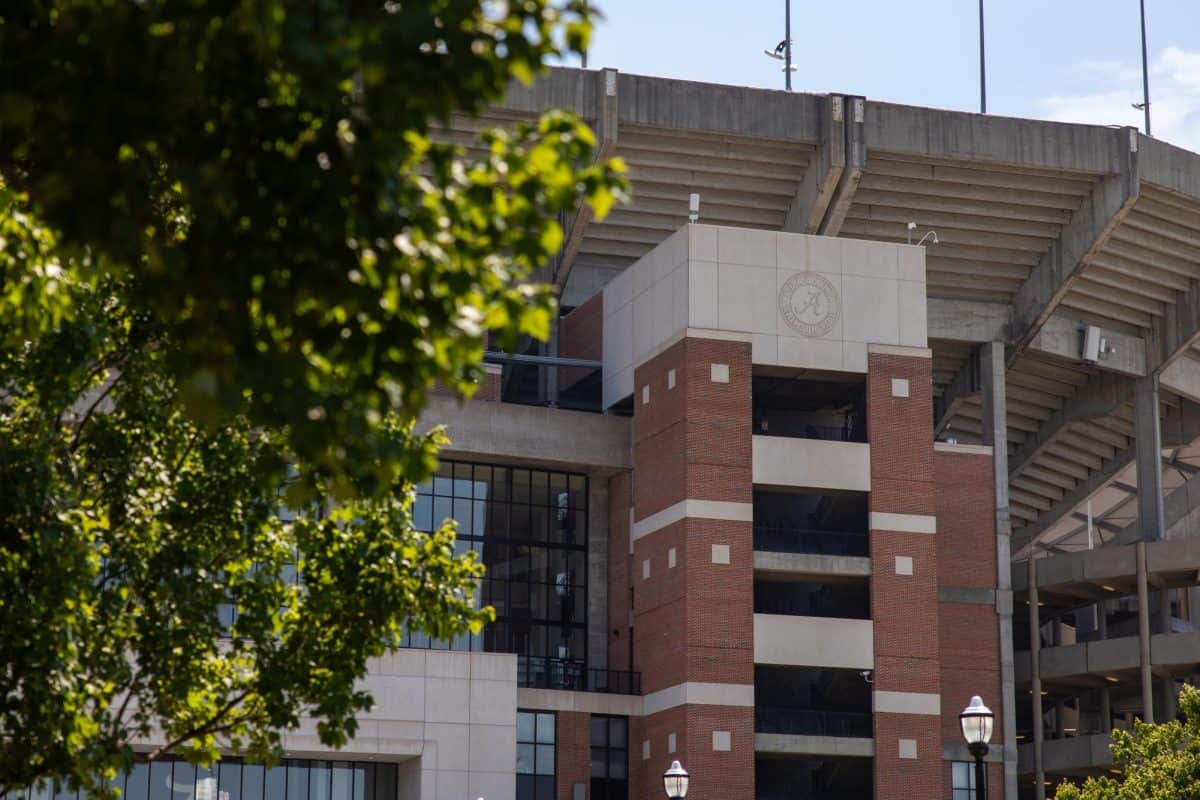The Alabama Urbanists Coalition president, Daniel Christensen, criticized the statewide ALDOT public transit meetings for being inaccessible, adding that long-term planning from the department has also been poor.
“The first issue with these meetings was they were in locations difficult or impossible for people to access on foot, by bike or by public transit, biasing the feedback towards those who rely on motor vehicles and against those who rely on other transportation methods,” Christensen said.
ALDOT’s West Central Region office is in Tuscaloosa, off of McFarland Boulevard, also known as U.S. Highway 82, near Baumhower’s Victory Grille.
Christensen said that as such, car owners or those with an access to a car will be overrepresented, and those who are primarily cyclists or pedestrians wouldn’t be able to attend the meeting in the first place.
While city bus routes near the office are available, McFarland Boulevard has no bike lanes.
“You’d be excused for thinking this is a recreational plan rather than a transportation plan, as much was lacking regarding practical actions for making walking and [biking] realistic options for more Alabamians,” Christensen said.
ALDOT’s West Central Region mainly discussed plans for long-distance biking corridors and improved shared bike lanes at their Tuscaloosa meeting.
“The plan offered little to nothing regarding alleviating major barriers such as highways and railroads, while focusing in large part on plans for long distance, intercity bikeways that, while doubtlessly attractive to the seasoned cyclist, are of little practical use for daily transportation,” Christensen said.
These long-distance bike corridors have been planned since at least 2017, when they appeared in an ALDOT state-wide bicycle and pedestrian plan. However, construction has yet to start, and no construction date has been planned, per ALDOT officials.
At the meeting, John McWilliams, the public information officer for ALDOT’s West Central region, told The Crimson White that there are plans for carving bike lanes along current highways such as US-82 from US-69 to Rice Mine Road, as well as plans for re-paving parts of US-11 and adding more turn lanes for cars.
“As Tuscaloosa continues to grow, we have to grow with it,” McWilliams said. “A lot of these roadway users also use forms of transportation like bicycles and scooters and things of that nature. So we want to become all inclusive when it comes to connectivity.”
Christensen critiqued the meeting for focusing on cyclist and driver education over financial investment.
“These activities are at best a distraction from providing real, physical infrastructure that makes an actual impact to people’s lives,” he said.
Christensen said infrastructure such as sharrows, which are roads where bicycles and cars share lanes, do not provide a feeling of safety for cyclists. He referenced several studies that showed this, and recommended protected lanes for cyclists, away from the busy and high-speed car traffic.
Tuscaloosa’s bike lanes were a large source of criticism for citizens at the public safety meeting.
A member of the Alabama Urbanists Coalition’s Tuscaloosa chapter, Sumner Baggett, was at the bicycle and pedestrian safety meeting, advocating for protected bicycle lanes and short-distance biking corridors.
Christensen also brought up the absence of public transportation plans at the event.
“Little is planned for multimodal transportation and none given to integration with public transportation, either bus or anything more potent,” he said.
McWilliams said that the West Central region has no plans for any public transportation initiatives. Buses could theoretically go on the newly-expanded Alabama highways that are required to go to many places, including ALDOT’s own office. McWilliams, however, stated that all public transportation initiatives are state-wide, and he and his region had no involvement.
The Crimson White reached out to an ALDOT official about state-wide public transportation plans, as well as Christensen’s comments. They did not respond by the publication of this article.
This was a sentiment Christensen disagreed with, as he said changes should come “street by street, neighborhood by neighborhood.”
“In summary, the plan over emphasizes education, long-distance routes, and recreational walking and cycling, while not sufficiently addressing the removal of practical barriers to daily walking and biking, underestimating the need for safe infrastructure, failing to address the utility of multi-modal transportation, and not providing a framework for building out the local, highly connected, networks that could make walking and biking feasible for most people,” Christensen said.
ALDOT will have a “Current Conditions” meeting in December and a “Recommendations Update” in February 2025 for the department’s Tuscaloosa area bicycle and pedestrian plan. A draft of the plan is expected to be complete by June 2025, and it will be adopted by Metropolitan Planning Organizations, the local councils that enforce these safety recommendations, by August 2025.









